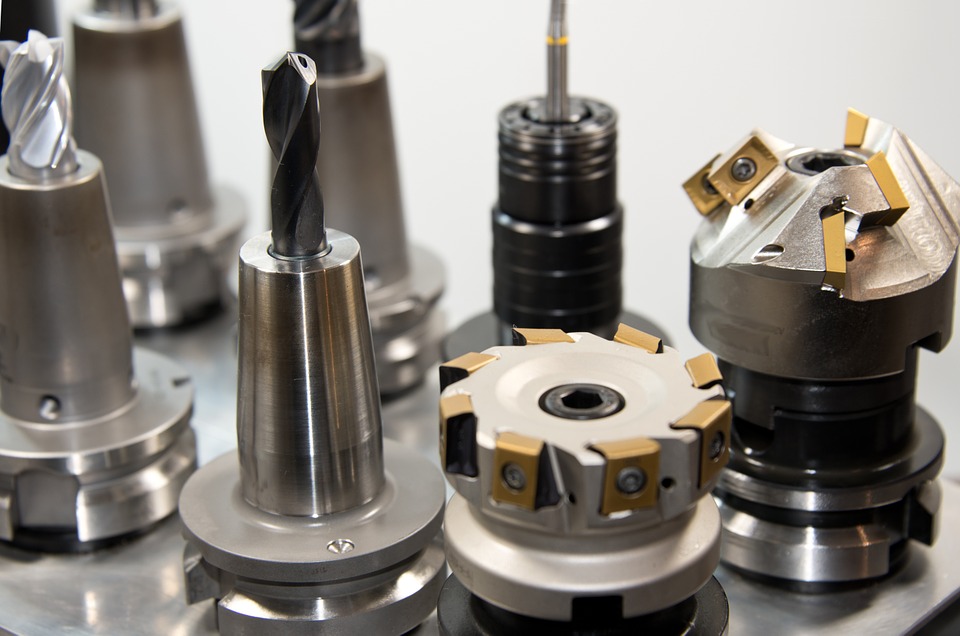Die manufacturing is a critical process in various industries, including automotive, aerospace, construction, and consumer goods. It involves creating a die, a specialized tool used to shape or cut materials into specific forms or designs. Dies are used to produce parts with high precision and accuracy, and their manufacturing process is essential to ensure the quality and performance of the final product.
Types of Dies
Dies can be classified into various types based on their application and design. Forming dies are used to shape or bend materials into specific forms or designs, while blanking dies are used to cut out flat shapes or blanks from sheet metal or other materials. Drawing dies are used to shape or form materials into cylindrical or tubular shapes, while punching dies are used to create holes or perforations in materials.

Uses of Dies
Dies are used in various industries to produce parts with high precision and accuracy. In the automotive industry, dies are used to produce parts such as engine blocks, cylinder heads, and body panels. In the aerospace industry, dies are used to produce parts such as aircraft components and satellite parts. In the construction industry, dies are used to produce parts such as building components and infrastructure materials.
Benefits of Die Manufacturing
die manufacturing offers several benefits, including high precision and accuracy, increased productivity, and reduced material waste. Dies can be designed to produce complex shapes and designs that would be difficult or impossible to achieve through other means. Additionally, dies can be reused multiple times, reducing the need for new tooling and minimizing production costs.
Die Material Selection
The selection of the die material is critical to ensure the quality and performance of the die. Dies can be made from various materials, including steel, aluminum, or tungsten carbide, depending on the intended application and the type of material being processed. The die material must be able to withstand the stresses and strains of the manufacturing process, as well as the wear and tear of repeated use.
Die Machining and Finishing
The machining and finishing processes are critical to ensure the precision and accuracy of the die. The die is machined using various techniques, such as milling, turning, or grinding, to create the desired shape and design. The die is then finished by polishing or grinding its surface to achieve the desired level of precision and accuracy.

Die Maintenance and Repair
Die maintenance and repair are essential to ensure the longevity and performance of the die. Regular cleaning and lubrication can help prevent wear and tear, while regular inspections can help identify any damage or defects. Proper storage and handling of dies are also essential to prevent damage and maintain their precision.
Challenges and Limitations of Die Manufacturing
While die manufacturing offers several benefits, it also presents some challenges and limitations. Creating a die can be expensive, especially for complex designs or large-scale production. Dies are also designed for specific applications.
